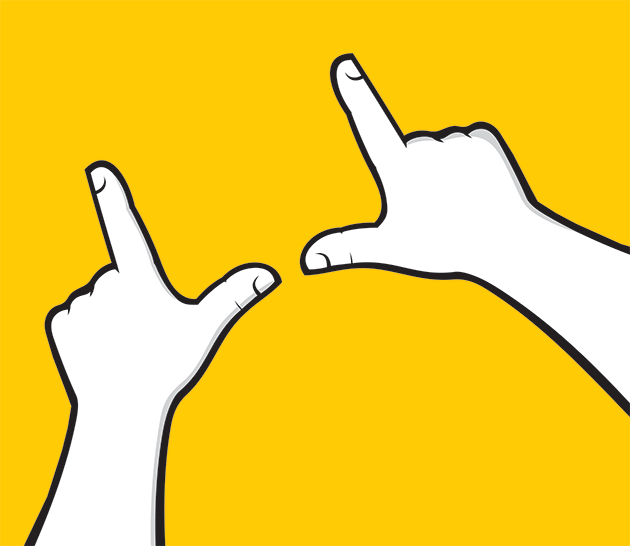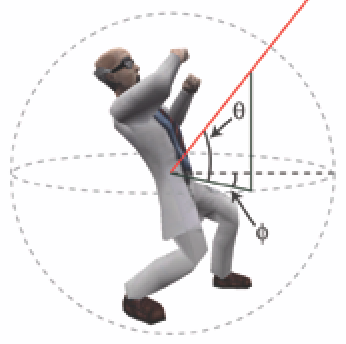
In traditional filmmaking the “viewer” watches the drama through a window….. In VR the “viewer” becomes a participant in the experience. Editing in VR is completely different than editing a film and here’s how you do it.
First… Forget everything you know about editing
I know it’s hard but it will only hinder you from accepting that VR is different. VR is not storytelling….. It is story enabling and your job is to make it easy for the participant to discover their story. This starts in the planning stages in discussions with the director, cinematographer and production designer. The story is enabled by what you place in scene for the participant to discover and how they interact with it.
Second… Determine “Who” the camera is
In VR the camera MUST represent a character discovering the story. This fact has immense implications throughout the production of the experience. Who does the camera represent? What is their backstory and what do they want? The answers to these questions will determine where the camera is placed and therefore what the participant will see.
Third… Editing is agency
I’ve written about it before and it’s worth repeating… VR is all about agency. The whole point is to enable the participant to interact with the experience. Therefore whenever you cut or transition you are forcing your will upon the participant. This is unnerving for the participant, especially if your forced move doesn’t match their desire. So I recommend reading your participant’s mind before you make a cut. {evil laugh} This is impossible without a software wrapper and some kind of artificial intelligence. However proper planning on where and how to guide the participant can get you there even without software. Jessica Brillhart gives a brilliant lecture on some of these techniques in the video below.
Fourth…. it’s all about spheres
No really. In VR editing is sphere to sphere so dust off your high school textbooks…. we’re going to to use a couple of spherical coordinate terms. (r, θ, φ) = (radius, theta, phi)

image credit: Alexander Hornung
Imagine the participant inside a sphere like in the image above. At any given time the participant is looking at direction (r, θ, φ) …. And since you’ve perfectly crafted your scene you know exactly what they are looking at. You can use this information with software to program the cuts and give the participant agency! Or you can at least provide a match cut opportunity.
Don’t know how to write software?
Have no fear. Software is coming that will simplify the process. You won’t need to know how to code for long. Promise 🙂 Stay tuned.
Happy editing!
Leave a Reply